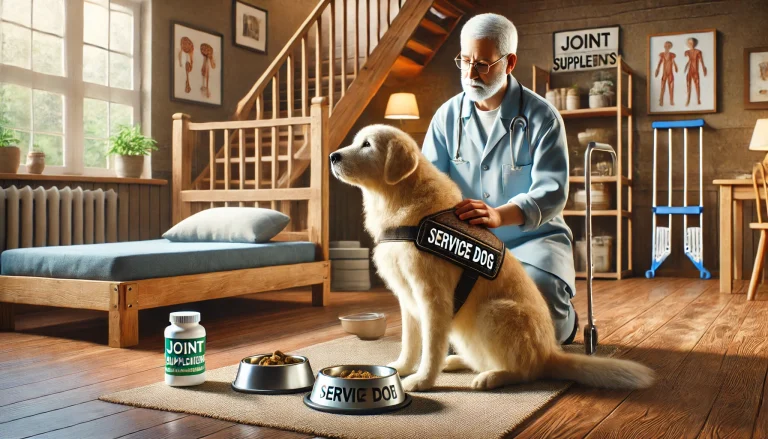The journey with a service dog is profound and life-changing. However, there comes a time when even the most dedicated service dogs must retire. Planning for your service dog’s retirement is essential to ensure they enjoy their golden years comfortably and loved. This blog post will guide you through the key aspects of preparing for your service dog’s retirement.
1. Recognizing the Right Time for Retirement:
Service dogs typically retire around the age of 8 to 10 years, but this can vary depending on their health and the demands of their work. Signs that it might be time for retirement include slowing down, decreased stamina, or health issues that affect their ability to work effectively.
2. Health Care Considerations:
As your service dog ages, their healthcare needs will change. Regular veterinary check-ups become even more important. You may also need to consider adjustments in their diet and possibly medications for age-related conditions like arthritis. Investing in a pet insurance policy can help manage these healthcare costs.
3. Adjusting to a New Routine:
Retirement can be a significant change for a service dog used to a working routine. Gradually easing them into a less active lifestyle can help. Ensure they continue to have mental stimulation and gentle physical exercise to keep them engaged and healthy.
4. The Emotional Transition:
Retirement can be an emotional time for both the dog and the handler. Be patient and give your dog extra attention and affection as they adjust. Some dogs may experience a sense of loss or confusion; maintaining a consistent routine can provide comfort and stability.
5. Finding a Retirement Home:
If you are unable to keep your retired service dog, finding them a loving retirement home is crucial. This might be with a family member, a trusted friend, or a dedicated service dog retirement facility. Ensure that their new home is prepared to provide the care and attention needed in their senior years.
6. Financial Planning:
Consider the financial aspects of your dog’s retirement. This includes potential medical expenses, special diets, and any modifications needed in your home to accommodate an aging dog. Planning ahead financially can ease the transition and ensure you can provide the best care possible.
Conclusion:
Planning for your service dog’s retirement is as important as their training and working years. It’s a time to give back to them for their years of loyal service. By preparing for their healthcare, emotional well-being, and living arrangements, you can ensure that your faithful companion enjoys a comfortable and loving retirement.
For assistance with self-training a Service Dog, Click Here






